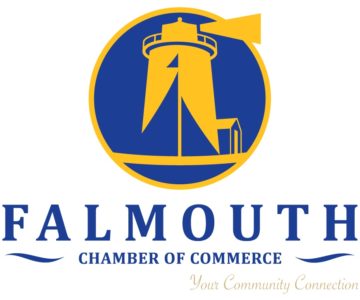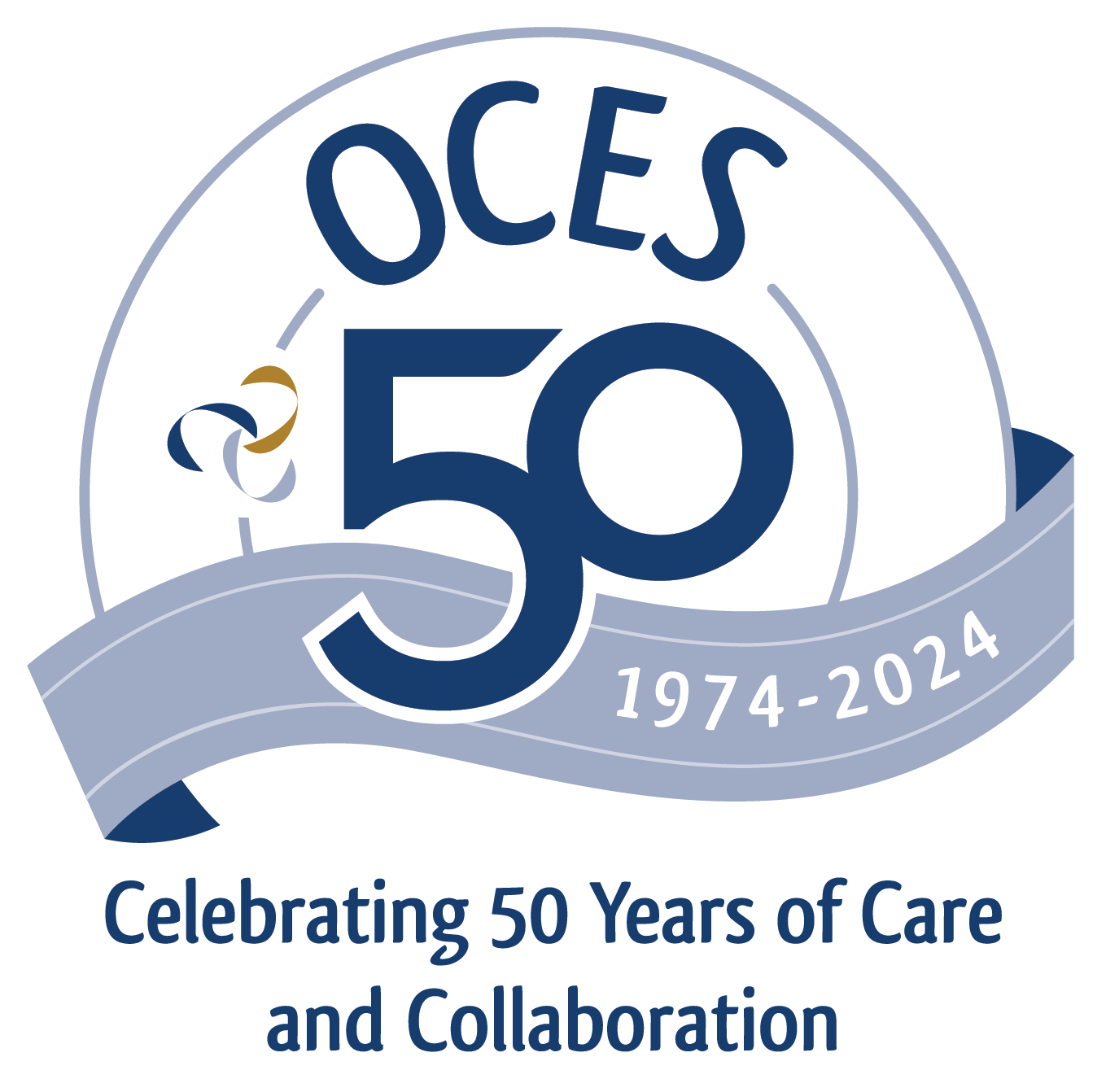Helpful Links: Project for Public Places – What is Placemaking? * Placemakers – How to make Smart Growth more lovable and sustainable * Economics of Place
By Jonathan Ford, P.E., Community Designer & Nate Kelly, AICP, Principal Planner
You’ve probably been hearing bits and pieces about new and expanding development across the region billed with some combination of the terms mixed use, walkability, Smart Growth, or perhaps village center. Hyannis is approving lots of new housing and reinstating its Growth Incentive Zone agreement with the Cape Cod Commission. Mashpee Commons is currently building and looking to expand with new zoning presented this October. The Pinehills community in Plymouth continues to grow, receiving accolades from residents, visitors, and numerous publications. The mixed-use development Cordage Park, also in Plymouth, is moving forward after many years of planning and permitting. Buzzards Bay is seeing investment along Main Street in its Growth Incentive Zone, and communities like Sandwich and Orleans are considering mixeduse development as a revitalization strategy.
What’s going on here? Are these developments simply the vision of a handful of developers? Are these just individual market opportunities? Or is there something bigger at work here? Each of these developments followed a different path in the early stages. In some cases, private developers with a specific vision approached the town and negotiated special regulations that would allow them to build their project. In other cases, local planners took the first step, pushing for investments in infrastructure and regulatory reform that would support a new level of private investment. Regardless of who was driving the process, the focus of these efforts is a more holistic approach to economic development often referred to as placemaking.
What is placemaking?
As the name suggests, placemaking refers to planning and development initiatives that strive to create memorable, lovable places. In some cases, these are brand-new communities like the Pinehills, where thousands of homes are clustered into traditional neighborhoods amid forests, golf courses, and a new town center. In other cases, placemaking is part of strengthening a historic Main Street that already serves as a destination. This is the approach in Hyannis and Buzzards Bay, where innovative agreements with the Cape Cod Commission make it easier to do business in this area.
Key elements of placemaking
When we think of locations in the Cape and Plymouth regions that feel like memorable places, what comes to mind are the Main Streets of Plymouth, Chatham, and Hyannis; Commercial Street in Provincetown; and other similar destinations. Even though these streets are different, there are common themes:
- Walkability. These places are designed to leave the car behind. Streets, sidewalks, and crosswalks make it easy to walk and explore.
- Scale. Building height, proportions, and locations should relate to the neighborhood context and to the size of the human body to make a place feel comfortable and not overwhelming. This is what planners call human scale.
- Mixed Use. The most vibrant places have a mix of commercial and residential use. People live, work, eat, relax, and find entertainment all within walking distance.
Benefits of placemaking
For many years, placemaking was seen as an issue of community character, wanting to preserve great places as a matter of local pride.
This has changed dramatically in recent years, as the benefits of placemaking have been well documented from a remarkably diverse set of perspectives.
- Commerce. Walkable, human-scaled places with a mix of uses can provide unique and authentic experiences, which are increas ingly valuable for local business as an alternative to online and national retail. This especially resonates in the Cape Cod and Plymouth area, where historic context and the sometimes-seasonal nature of business can provide an opportunity for placemaking to be a special and unique draw, and a hook for repeat visits.
- Events. Special events and programming not possible in ordinary locations – such as festivals, street fairs, farmers markets, and block parties − can be the placemaking special sauce, drawing people, boosting business, and building long-term momentum.
- Active Living. For residents and visitors, especially those with mobility challenges, walkable places provide an opportunity to move around safely on foot or on a bicycle. This contributes to both the physical and mental health of residents and visitors.
- Greener Streets. Beyond mobility, innovations in site design are becoming more common and weave natural elements into business districts. Properly planted trees, sustainable landscaping practices, and public green space are not just for curb appeal anymore. These elements are being used to filter stormwater runoff, provide shaded gathering areas, and reduce the ‘heat island’ effect of large parking lots.
The role of small business owners
Certainly, not every small business needs to locate in a downtown or Main Street business district. But many small businesses are already there, and many others would like to see their current location become more of a destination. Small business owners should first recognize the power of their voice in the community planning process. Local boards and officials pay close attention to the opinions of small business owners, and testimony in public meetings from the small business community carries significant weight. With that in mind, small business owners can effectively advocate for investments, regulations, and improvements to districts that will enhance the experience of residents, business owners, employees, and customers. Small businesses can provide significant leadership in these discussions at the local level, and stand to create major economic gains not only for themselves, but for the community as a whole.
Jonathan Ford, P.E., is a Community Designer with Horsley Witten. Nate Kelly, AICP, is a Principal Planner with Horsley Witten. They can be reached at jford@horsleywitten.com or nkelly@horsleywitten.com or at (401) 272-1717.























